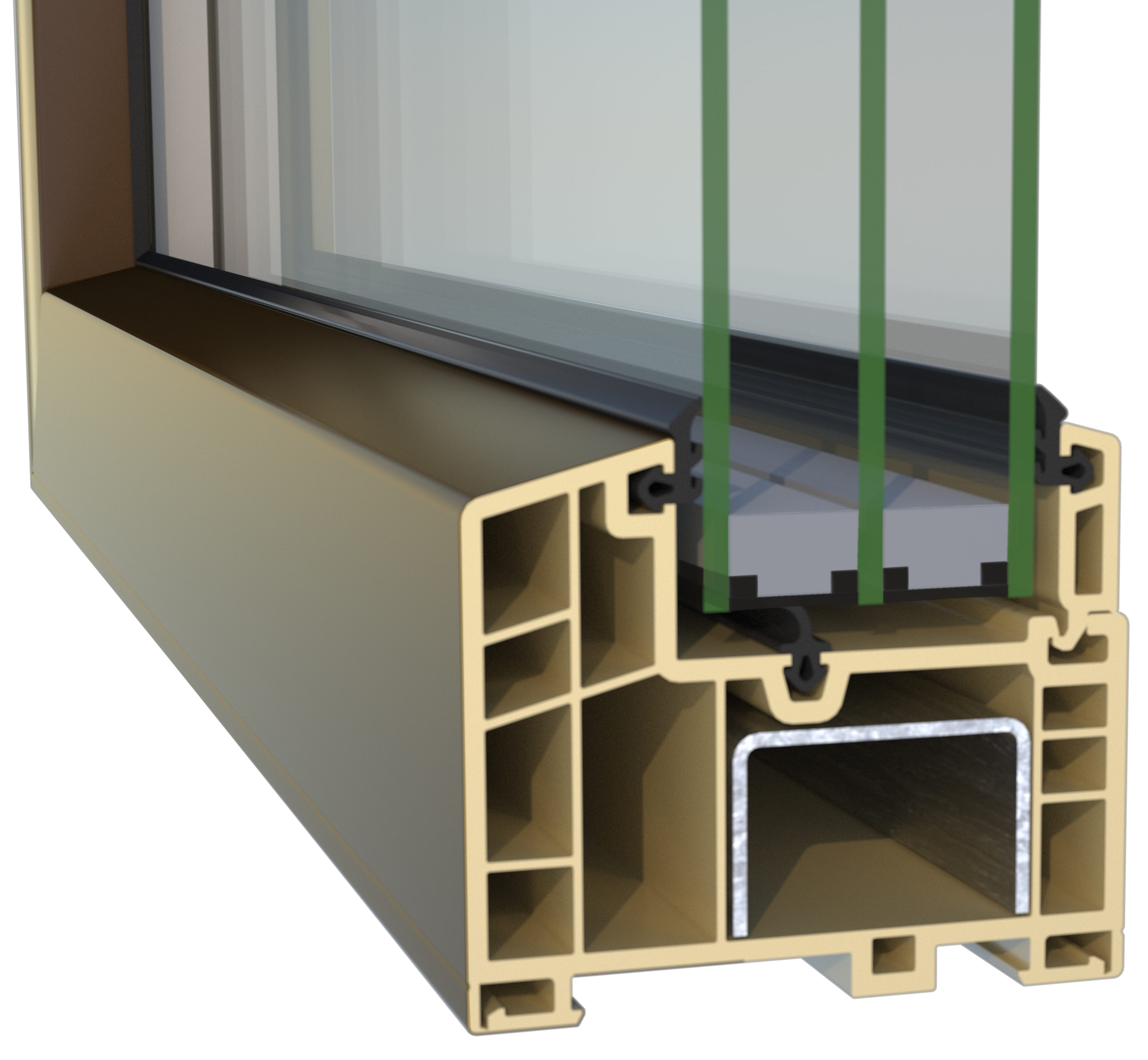Sounds About Right
Balancing acoustic performance with the modern demands of glass

The hustle and bustle of urban living necessarily comes with a bit of noise. But that doesn’t mean people want to bring it into their homes and workplaces.
We’ve seen holistic occupancy comfort become increasingly desirable in recent years. Part of achieving that ideal indoor environment involves limiting sound transmission from the outside in. This is a trend I’ve been hearing a lot about recently, especially in regions where developers are eyeing construction sites near train tracks or elevated lines or major freeways for new multifamily development.
The acoustic performance delivered by a range of different building materials is now being considered more closely. This all means those in the glass industry might have started to pay closer attention to things like Sound Transmission Class (STC) and Outdoor/Indoor Transmission Class (OITC) ratings, which determine how much sound is transmitted through a window.
As the broader commercial construction space continues to move in the direction of highly glazed buildings, the glass industry needs to prove our performance in this burgeoning area of need. The industry is able to deliver the right aesthetic benefits and outstanding thermal performance. Can it do the same with sound?
I believe that the industry can. It’s about looking at the entire system holistically and putting together components that will reduce sound transmission while maintaining the thermal benefits.
Here are 4 considerations:
1. Glass and glazing configurations
Glass mass, asymmetrical insulating glass and multicavity glazing are all popular and effective choices to bolster acoustic performance in fenestration design. The mass law states that doubling the mass per unit area can increase sound transmission loss by 6 decibels. Increasing glass thickness on one or more lites of an insulating glass unit can impact acoustics.
The use of asymmetrical glazing (different thicknesses of glass in the same IG) can also improve acoustics by “breaking up” the sound waves. This can be accomplished using double- or triple-pane glazing design. The use of multicavity glazing will also make significant improvements in thermal performance and occupant comfort.
2. Laminated glass
There are many laminating glass interlayer options available to address performance requirements in security, impact and acoustics. These interlayer materials can be tuned to meet specific acoustic performance targets using various thicknesses and plies. The laminated glass configurations act as an acoustic shock absorber (dampening material). Consult your interlayer supplier for specific design requirements.
3. Vinyl
Another area to consider closely is framing and how it contributes to both thermal and acoustic performance. While metallics have long been the standard choice in commercial applications, high-performance commercial vinyl and composite options have become increasingly attractive in recent years. The right choice can help drive down a commercial window’s U-factor.
Those benefits translate in the realm of acoustic performance, too. The multi-chamber design of commercial vinyl extrusions can help dampen noise versus a metallic frame that can more readily reverberate. Of course, metallic framing can be designed to eliminate noise through the incorporation of dampening technology—but as with thermal breaks, this can make the design and manufacturing process a bit more complex.
Vinyl and composite framing can also mitigate some potential weak links where noise can enter an interior. Sound travels the path of least resistance and can transmit through even the smallest gaps in a window assembly, potentially reducing the effective noise reduction capabilities of the window. Vinyl and composites which can be welded vs. mechanically fastened at corners have an advantage by eliminating those gaps or small openings for noise to travel through.
4. Take a holistic view
These are just a few ways you might improve acoustic performance in fenestration—and there are others that can have an impact, such as spacer choice, sealant materials, assembly methods and multicavity systems. When designing or specifying fenestration systems for acoustic performance, it is important to consider the system as a whole. Do not sacrifice thermal performance in the process.
When designing a window system for acoustic performance, it’s also important to work with your component suppliers and an acoustic engineer to select the most effective solutions. In acoustic design, the system’s performance is only as good as the weakest link. Physical testing is the only way you will truly know the impact of the materials and the assembly methods for your system.


